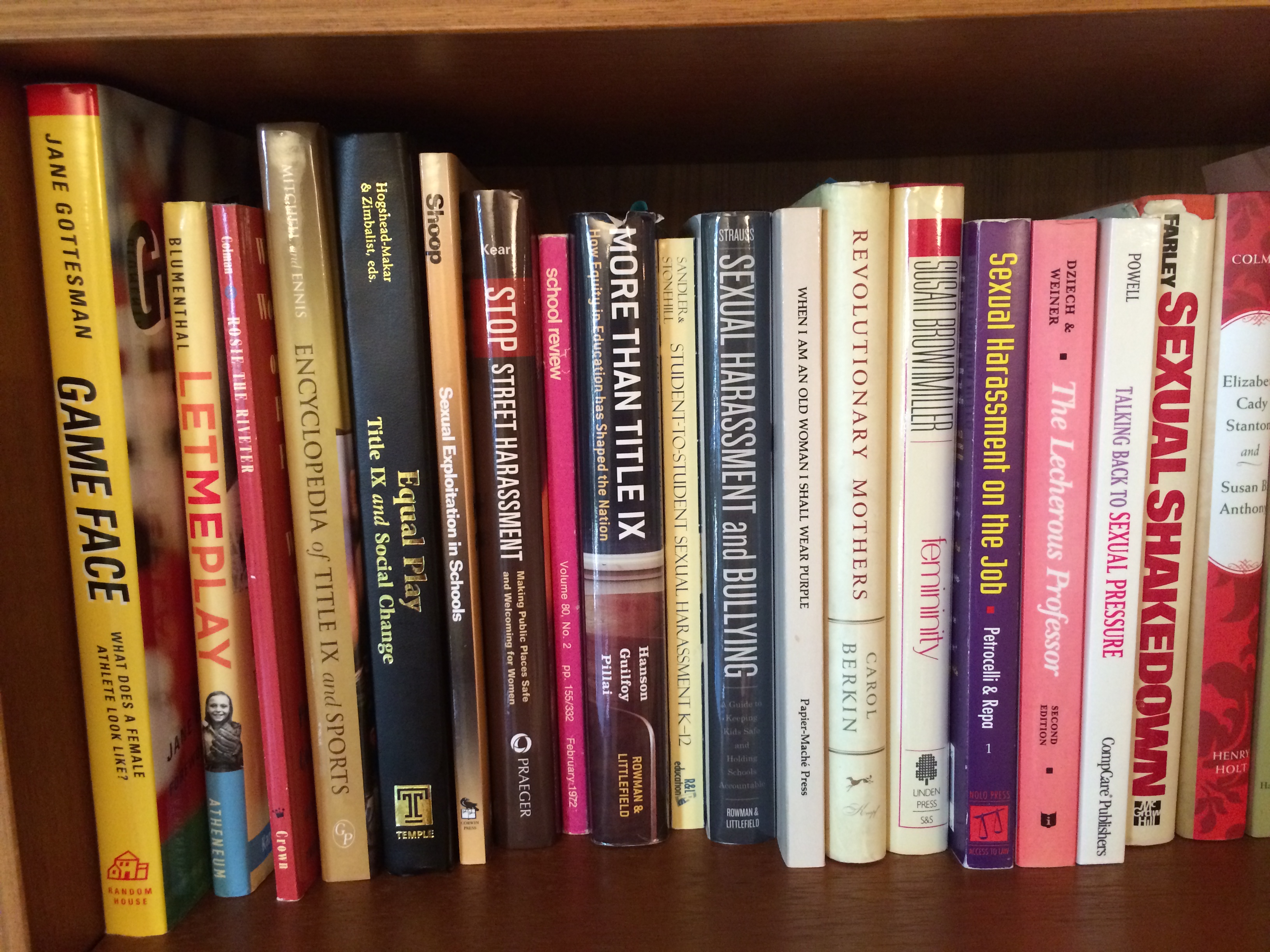Fake news generates fake history
Pop quiz: Who said, “There is no greater agony than bearing an untold story inside you.” Go ahead, google it. You’ll find lots of sources all over the Web and social media agreeing that the quote came from poet and writer Maya Angelou. But they’re all wrong.
The modern crisis of fake news has a corollary in fake history, which is why I find myself returning to original (“primary”) sources as I research the history of Title IX.
It’s difficult to discern the fakeness of the quote above by online searching because it’s been repeated so often that it dominates search results. Eventually, another source pops up — writer Zora Neale Hurston — but you won’t find those words in her works because the version that’s ubiquitous online and in printed self-help books isn’t even correct. What Hurston said in her book Dust Tracks on a Road was, “There is no agony like bearing an untold story inside you.”
One historian uses this example with her students to discuss our responsibility to check the validity of information even if it gets passed around repeatedly, especially in an era in which technology makes it so easy and cheap to spread fake news and other falsities. She shared her example in a listserv discussion among members of the American Historical Association that resonated with me because the more I learn about Title IX, the more I’m able to spot mistakes in online accounts and most previous books about Title IX.
Of course, intentionally fake news is not the same thing as simple mistakes and errors, but both have consequences. After the Haymarket Square Riot, hysteria and anti-immigrant resentment led to scapegoating and false news reports, which led the government to imprison and kill innocent people, one historian noted in the listserv discussion. Many students today can’t differentiate fake news from real news, and can’t tell ads from articles, a recent Stanford study reported. The New York Times described in detail one example of “How Fake News Goes Viral” and how it affected the 2016 presidential election. Historians use tools like the TOECAP criteria to help students judge the reliability of online content. A chart widely shared on social media this month tries to help people think about the reliability of their news sources, but it gets shared without information about its purported source, “Vanessa Otero.”
In accounts of Title IX, mistakes range from tiny to record-changing. One of the better books about Title IX describes the law’s primary sponsor, Rep. Edith Green of Oregon, as a Democrat from Tennessee. It misspells the name of feminism’s mole in the Labor Department, Catherine East, and the name of Labor Secretary George Shultz. It claims that Title IX “godfather” Vincent Macaluso contacted Congressmen in support of Bernice Sandler’s complaints about colleges discriminating against women, but he kept his role of advising Sandler off the record because he knew it went beyond the limits of his job. These errors invite skepticism about the rest of the the book.
A normally reliable source, the ACLU, flips history when it credits Rep. Patsy Mink on its website as “the major author and sponsor of Title IX” who got the law passed “with the help of Rep. Edith Green and Sen. Birch Bayh.” More accurately, Rep. Green deserves the most credit among politicians for passage of Title IX despite Congress renaming the law in 2002 as The Patsy Mink Equal Opportunity in Education Act. Mink had her own role to play in Title IX history, of course, and the actions of non-politicians like Bernice Sandler were as important — often more so — as those of politicians.
Another Title IX book first says that Rep. Mink died in 2003, and later notes in a Title IX timeline that she died in 2002. It doesn’t even mention Rep. Green’s death in 1987.
With the archival research and many interviews I’m doing, I hope to give credit for Title IX where it’s due and get the story right. Women were cut out of recorded history for so long that we’re still creating official herstory, still setting the record straight. It’s more work for me to try to verify every secondary source or interview about Title IX, but I can’t simply believe what I read or hear. I have a responsibility to verify it. I hope that when I inevitably make a mistake too, you all will catch it quickly and let me know.
Work on the book continues, though I’ll be taking a break from this blog for the holidays so that I’ll have time to bake cookies for Santa Claus. At least he’s real, right? Happy New Year to all! See you in 2017.









